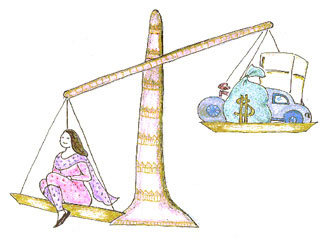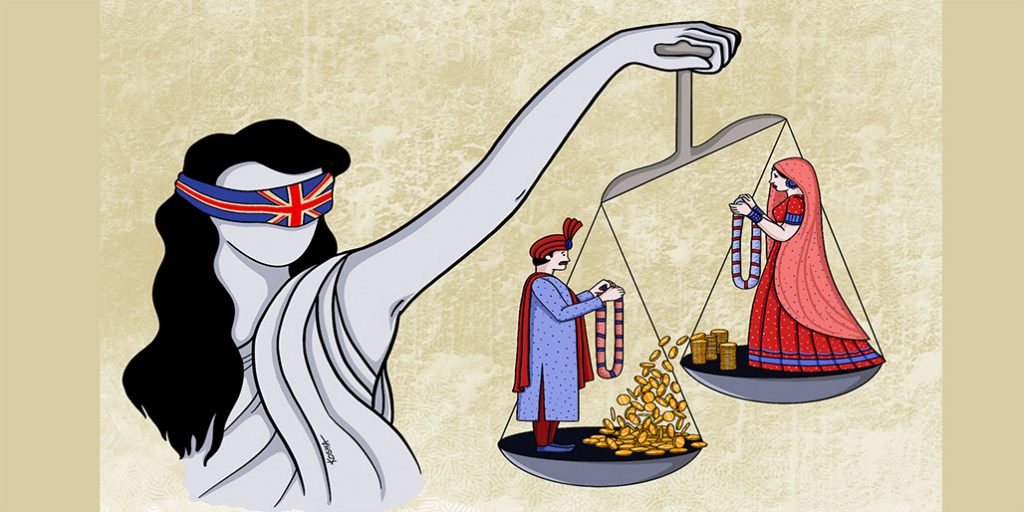In the mosaic of cultural practices that shape societies worldwide, dowry stands as a conspicuous yet contentious element. Embedded in the fabric of tradition, dowry has been a subject of profound debate, eliciting a myriad of opinions and interpretations. To comprehend its actual meaning, one must delve into the historical roots, the cultural contexts, and the contemporary ramifications of this age-old custom.

Actual meaning of dowry?
Historical Roots:
The concept of dowry is not a modern invention; its roots can be traced back to ancient civilizations. In its nascent form, dowry was a practice meant to provide financial security to a bride upon entering into matrimony. In cultures where inheritance laws predominantly favored men, dowry was intended to be a safeguard for women, ensuring they had a share of economic resources. However, over time, the essence of dowry underwent a metamorphosis, transcending its original purpose.
Cultural Contexts:
Dowry is not a monolithic practice; its manifestation varies across cultures. In some societies, dowry is a symbol of familial pride, a display of affluence and social standing. Conversely, in others, it is an economic transaction, a financial arrangement negotiated between families. In certain instances, dowry is seen as a gesture of love and support, while in others, it is viewed through a more pragmatic lens, as a means of consolidating familial ties.
Contemporary Ramifications:
In the contemporary era, the meaning of dowry has become convoluted, entangled with social issues and gender dynamics. Despite legal measures in many countries to curb the menace of dowry-related violence and exploitation, instances of dowry harassment persist. The commodification of marriage and the undue financial burden on families remain glaring issues that demand attention.
Legal Perspectives:
To fathom the true meaning of dowry, it is imperative to scrutinize the legal frameworks governing it. Many countries have enacted laws to combat the pernicious aspects of dowry, yet enforcement remains a challenge. The dichotomy between legal provisions and societal attitudes underscores the complexity of the issue.
Gender Dynamics:
Dowry, in essence, is intertwined with gender dynamics, reflecting and perpetuating societal norms. It often reinforces the subordinate role of women within the family structure, contributing to a power imbalance. Understanding the deeper implications of dowry requires an exploration of how it intersects with broader issues of gender equality and women’s rights.
Changing Perceptions:
As societies evolve, so do perceptions. There is a growing awareness of the adverse effects of dowry, prompting a shift in attitudes. Educational initiatives, advocacy campaigns, and the empowerment of women play pivotal roles in challenging traditional norms and fostering change. Recognizing the agency of individuals within the institution of marriage is paramount to reshaping the meaning of dowry.
Conclusion:
In unraveling the actual meaning of dowry, one must navigate through the historical evolution, diverse cultural manifestations, contemporary challenges, legal frameworks, and the intricate tapestry of gender dynamics. Dowry, in its essence, should be a reflection of mutual respect, love, and support between partners, free from the shadows of exploitation and inequality. As societies grapple with the complexities of tradition and progress, redefining the meaning of dowry becomes not just a necessity but a collective responsibility.
Read More:- How To Start A Community-Based Organization (CBO) In UK
Read More:- A COMPREHENSIVE EXPLORATION OF THE CONCEPT OF LEARNING

